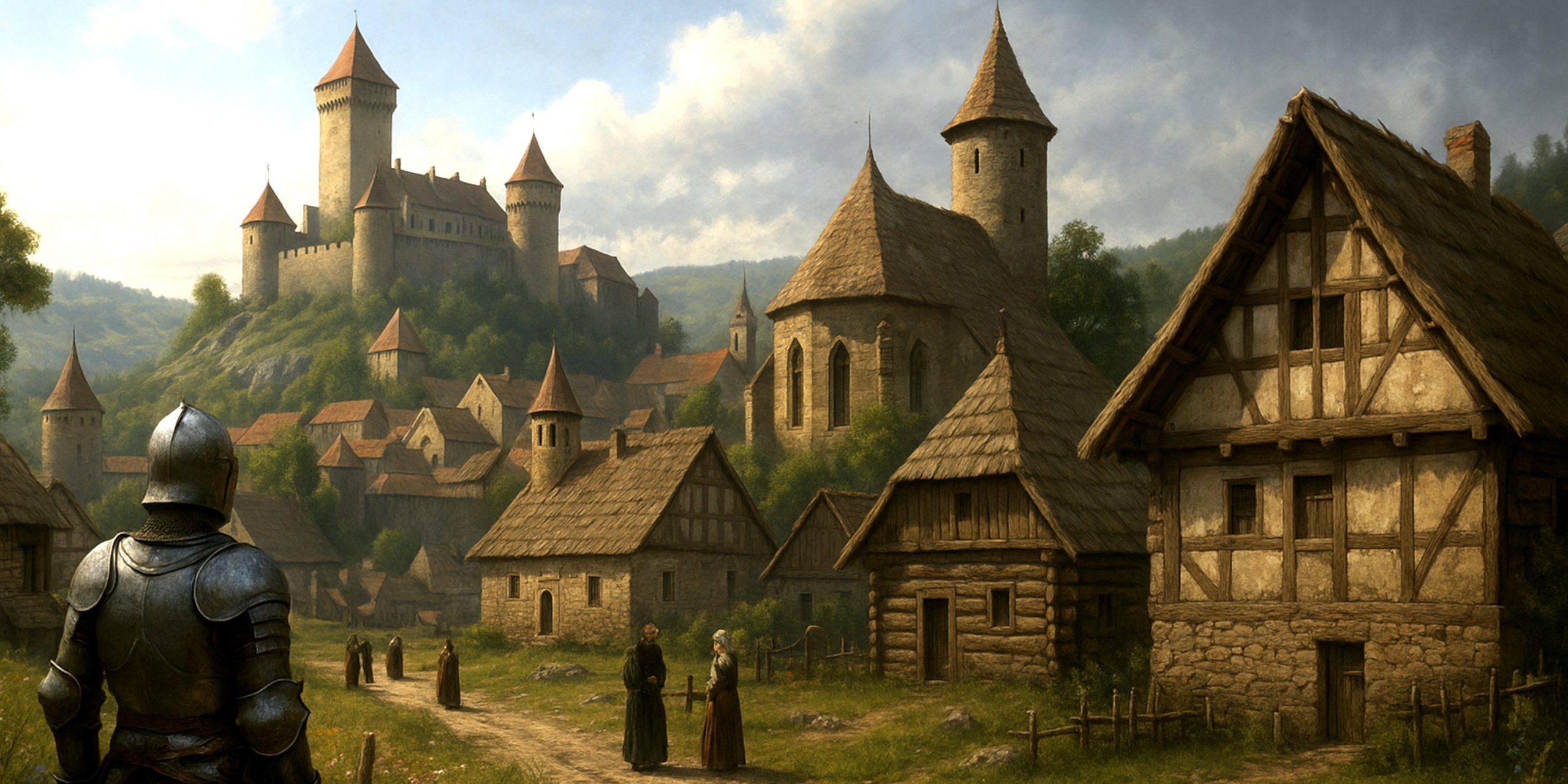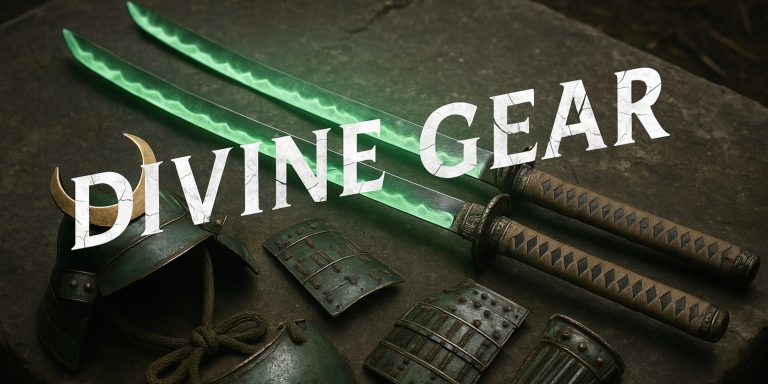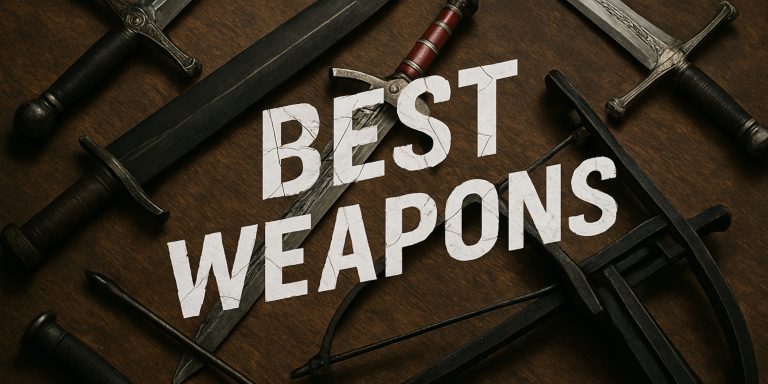
When Kingdom Come: Deliverance first dropped, it turned heads for its realism. No dragons, no magic, no chosen ones, just mud, sweat, and 15th-century Bohemia in all its glory. Now, with Kingdom Come II on the horizon, players are wondering how much of the story is based on real history, and the answer is, quite a lot.
The sequel picks up where the first game left off, continuing the story of Henry, the blacksmith’s son turned soldier, in a land torn apart by civil war and royal chaos. The setting isn’t fantasy, it’s Central Europe around 1403, during the real power struggle following the death of Emperor Charles IV.
The Real Bohemia of the Early 1400s
Bohemia, now part of the modern Czech Republic, was one of the most prosperous regions in medieval Europe. Under Charles IV, Prague had become a cultural capital, home to universities, cathedrals, and plenty of political intrigue. But after his death, the throne passed to his son, Wenceslaus IV, whose rule went about as smoothly as a tavern brawl after last call.
Wenceslaus was unpopular among nobles, lazy by royal standards, and more interested in drinking and hunting than governing. Eventually, his own brother Sigismund decided to “help” by invading Bohemia and imprisoning him. That coup triggered the instability you see play out in Kingdom Come II, a fractured kingdom where alliances shift faster than a knight’s visor in a sandstorm.
A Kingdom on Edge
The world of Kingdom Come II isn’t just filled with bandits for gameplay’s sake. The roads really were dangerous in this period. With the crown contested and armies moving through villages, trade routes collapsed, peasants were pressed into service, and castles became both fortresses and symbols of power.
Players will likely see this chaos reflected in the game’s map. Expect the same kind of historical precision Warhorse Studios is known for: real villages, authentic weapons, and architecture that mirrors what would have stood in Bohemia during the early 15th century.
And yes, if you thought those endless church repairs and talk of taxation in the first game were exaggerated—they weren’t. The clergy and nobility were constantly at odds, each claiming divine justification for squeezing money out of the peasantry.
The Shadow of the Hussite Wars
While Kingdom Come II takes place before the Hussite Wars, the storm clouds were already gathering. Jan Hus, the Czech priest and reformer, was starting to challenge the corruption of the Church. His teachings would soon lead to one of Europe’s first major religious revolts, turning Bohemia into a battleground decades before the Reformation even began.
It’s possible the sequel may start nudging into that era’s growing tension, sermons, whispers of heresy, and the uneasy feeling that something much bigger is about to ignite.
Real Places, Real People
The first game gave us real castles like Rattay and Sasau, modelled directly from historical sources. Kingdom Come II promises the same approach, this time expanding south into the regions of Kutná Hora and Trosky. Kutná Hora was one of Europe’s most important silver mining towns, and it helped finance the lavish lifestyles of Bohemian kings. Trosky Castle, perched dramatically on twin volcanic spires, still looks like something straight out of a medieval concept painting, but it’s entirely real.
Warhorse Studios worked with historians and archaeologists again to make sure even the smallest details feel genuine. Armour design, period-accurate swords, social hierarchy, all of it rooted in archival research. You can almost smell the iron and hear the gossip in the village square.
Why It Matters
Plenty of games use “medieval vibes” as a backdrop, but Kingdom Come II treats history like a living thing. It’s messy, political, unfair, and occasionally absurd, much like today. The devs aren’t romanticising the past; they’re showing it as it was, muddy, loud, and full of human ambition.
As a history nerd, there’s something refreshing about that. It’s not about rewriting history for the sake of drama. It’s about asking what it felt like to live through a kingdom falling apart, where loyalty and survival often meant the same thing.
Kingdom Come II isn’t just set in a “medieval world.” It’s built from real events, real geography, and real social upheaval. The Bohemia of 1403 wasn’t a backdrop, it was a storm, and you’re standing in the middle of it.
Watch the feature:



